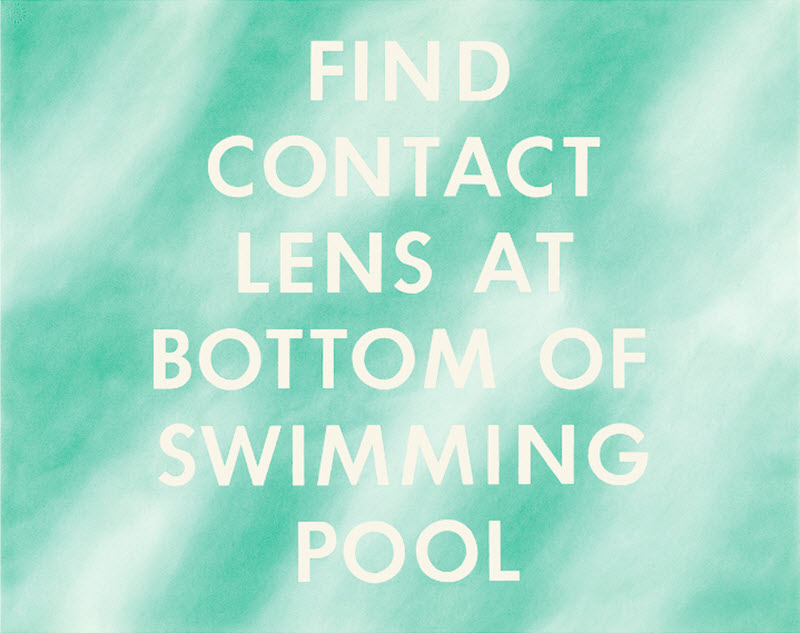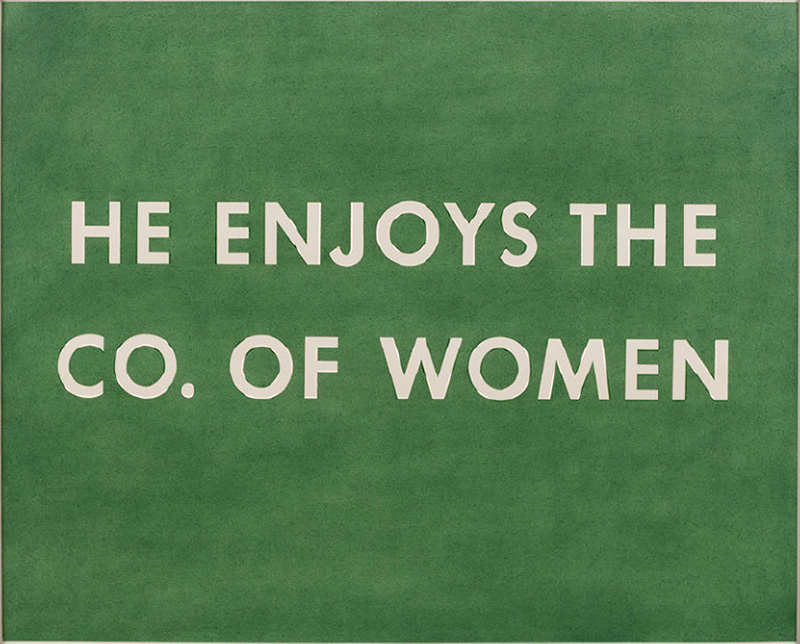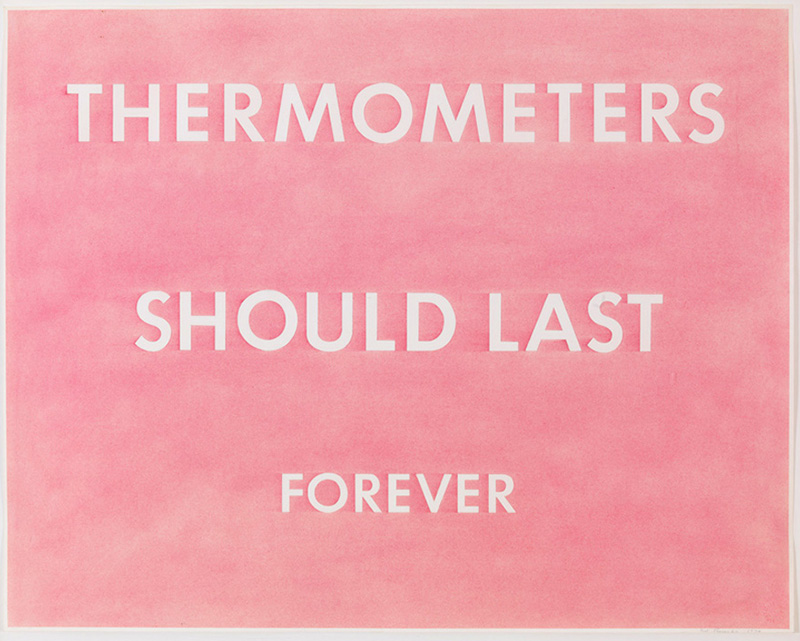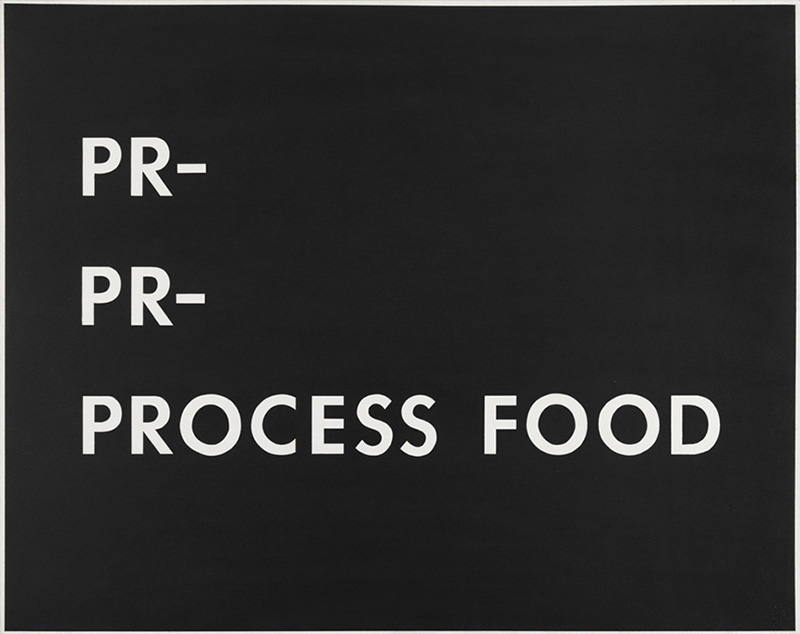ART CITIES:N.York-Ed Ruscha
 In 1956, Ed Ruscha moved to Los Angeles, where he attended Chouinard Art Institute, from which he graduated in 1960. Ruscha’s early paintings attracted notice as part of the Pop Art Movement of the ’60, his work also has antecedents in Dada, Surrealism, and Abstract Expressionism, and would be central to Conceptual art.
In 1956, Ed Ruscha moved to Los Angeles, where he attended Chouinard Art Institute, from which he graduated in 1960. Ruscha’s early paintings attracted notice as part of the Pop Art Movement of the ’60, his work also has antecedents in Dada, Surrealism, and Abstract Expressionism, and would be central to Conceptual art.
By Efi Michalarou
Photo: Gagosian Gallery Archive
The exhibition “Custom-Built Intrigue: Drawings 1974–1984”, brings together text drawings by Ed Ruscha, many of them are loans from Private and Institutional Collections. The exhibition features a decade of drawings from 1974 to1984) and one work on paper from 1986, in which Ruscha reintroduces the element of illusionary space, a shift to another stage of his drawing practice. From the mid-‘70s to the mid-‘80s, Ed Ruscha honed his distinctive drawing practice to create some of the most compelling works of his career. The text drawings from this period, exquisitely rendered in pastel, dry pigment, gunpowder, and various edible substances, from spinach to Pepto-Bismol, bridge the spirited Pop Art for which Ruscha first gained fame with the cerebral Conceptualism to which his work was essential. “Custom-Built Intrigue” (1981) combines vibrant colors and dynamic lingo with a flare of California cool, fusing the mythiccustom-built cars of Los Angeles with the complex plots of the silver screen (intrigue). In this drawing, Ruscha additionally describes his own creative process of combining words as reusable parts, producing a complex and enigmatic composite of meanings. In two drawings from 1976, “Find Contact Lens at Bottom of Swimming Pool” and “Thick Blocks of Musical Fudge”, richly sensorial words emerge from almost palpable hues. “Find Contact Lens at Bottom of Swimming Pool” evocatively describes a nearly impossible task: the dappled aquamarine surface conjures sunlight striking water, beneath which the missing contact lens supposedly lurks. “Thick Blocks of Musical Fudge” exemplifies Ruscha’s formal and linguistic mastery, whereby sound and taste are conflated in a sumptuous synesthetic experience. The words coax the textures and smells of rich confectionery out of the deep brown pastel ground. “He Enjoys the Co. of Women” (1976) is classic Ruscha, its droll use of colloquial and abbreviated language creates an open narrative with an economy of means.
Info: Gagosian Gallery, 980 Madison Avenue, New York, Duration: 6/5-30/6/17, Days & Hours: Tue-Sat 10:00-18:00, www.gagosian.com



